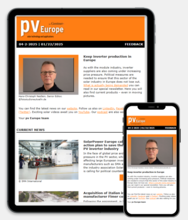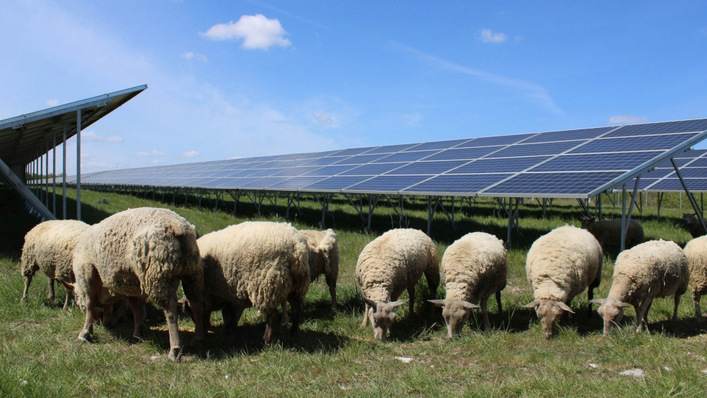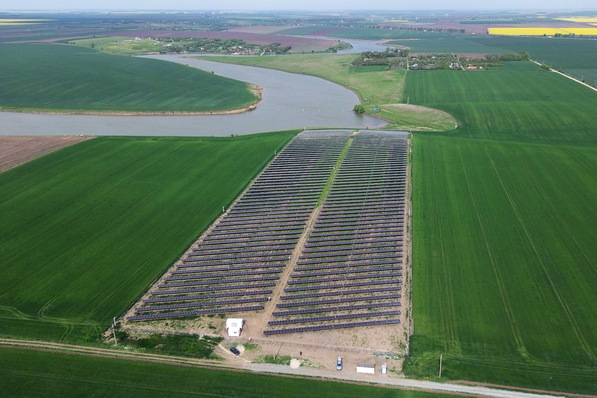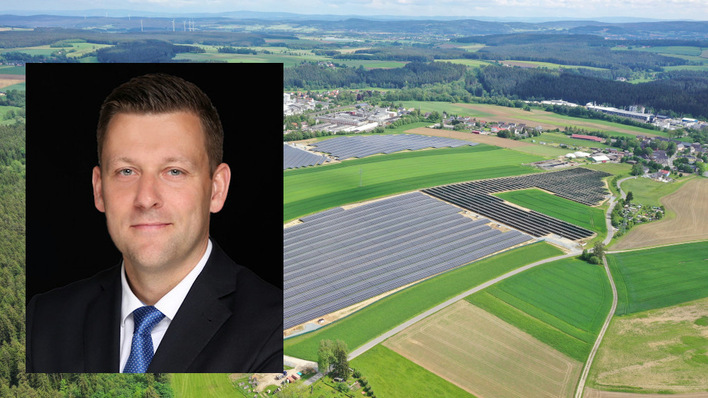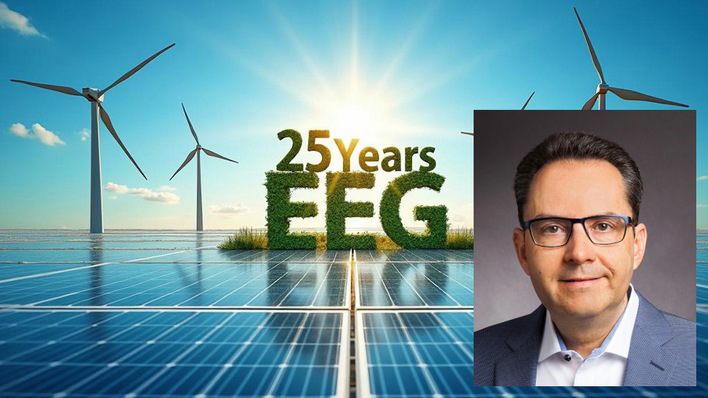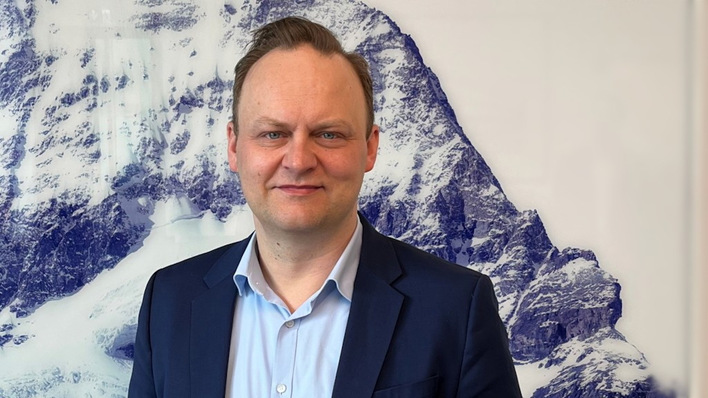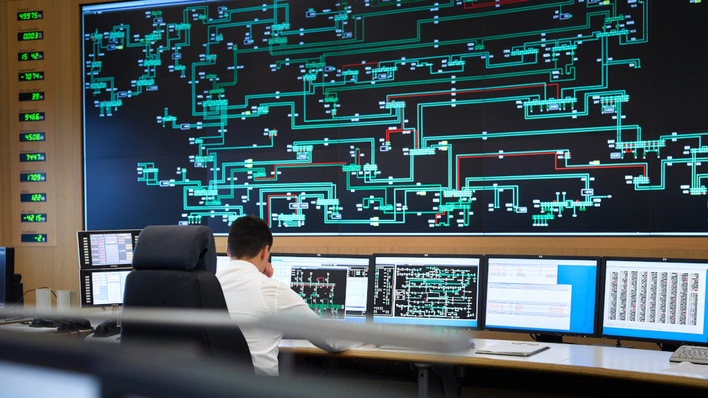RP Global, headquartered in Spain and Austria, is building a solar park on the border of the German states of Saxony-Anhalt and Lower Saxony. After completing an extensive approval process, construction has begun on the former Wulfersdorf spoil tip in the Börde district. In its first phase, the Harbke PV plant will have a capacity of 50 MW. This is RP Global’s first project in Germany, developed in partnership with EPC MaxSolar. An expansion of the project is planned for the future.
Solar Investors Guide: Mounting on trickier terrain
Sustainable land use for green energy project
The Harbke solar park is being built on land long shaped by human activity and already crossed by two existing power lines. This infrastructure allows the electricity generated to be fed into the grid efficiently without additional lines.
Harbke has long been of historical importance in energy production, with lignite mined there for decades. After the Second World War, the open‑cast mine was divided and supplied energy on both sides of the border. Now, following a municipal decision to repurpose the area, it will generate green electricity.
Belectric builds solar park on ash-filled open-cast mine hole
A special circumstance is being considered in construction: access to the project site runs along the former border, known as the “death strip”. The strip, left behind by GDR border guards in 1989 and also called the “Kolonnenweg”, is a listed historical monument. Strict precautions are therefore taken to preserve its elements when delivering components to the construction site.
The Harbke PV plant is one of the most significant energy projects in the region. The district of Börde actively supports solar expansion and was selected as one of five model municipalities in the “Global Sustainable Municipality nationwide” initiative. The programme aims to systematically integrate Agenda 2030 and its 17 global sustainability goals (SDGs) into local administrative structures. (hcn)


